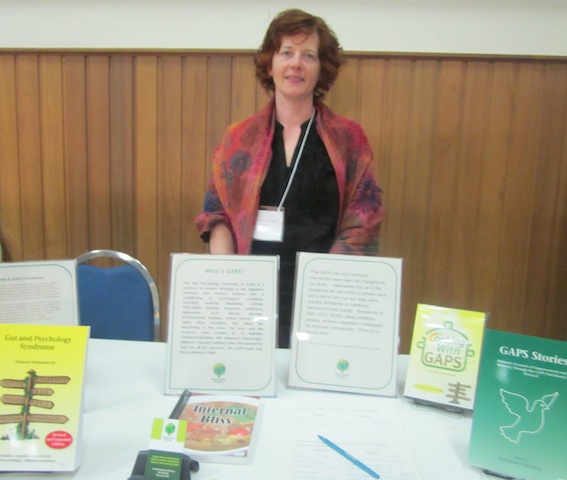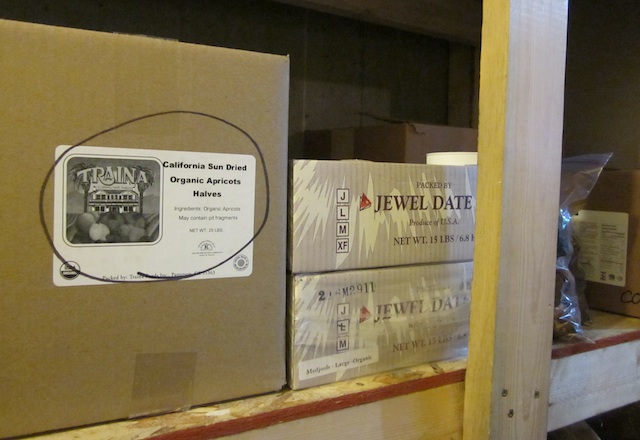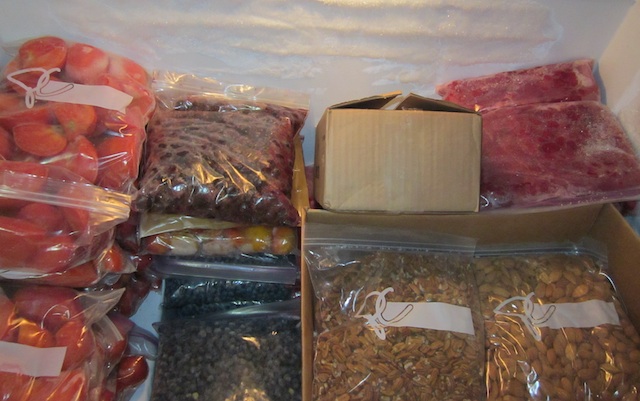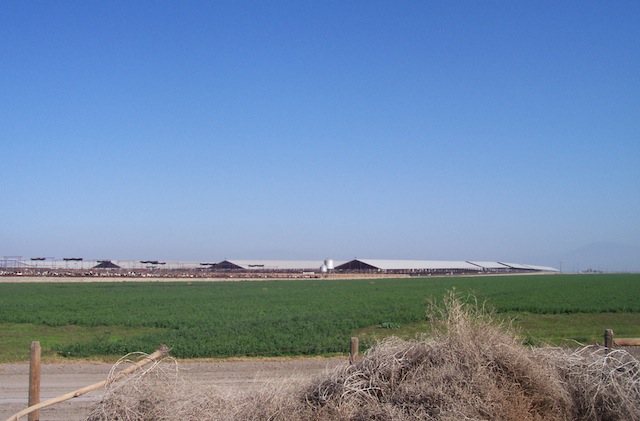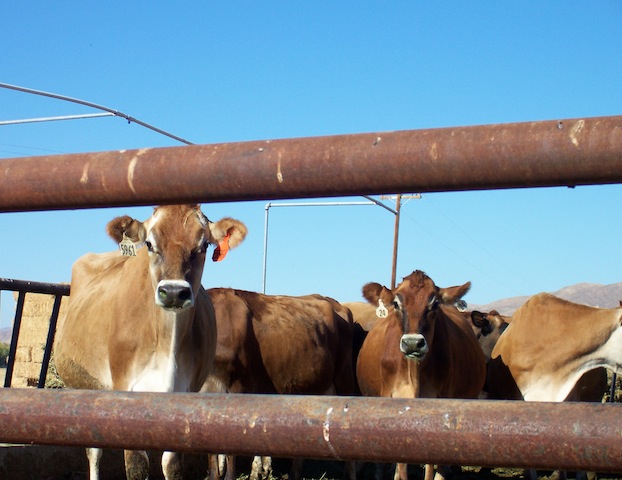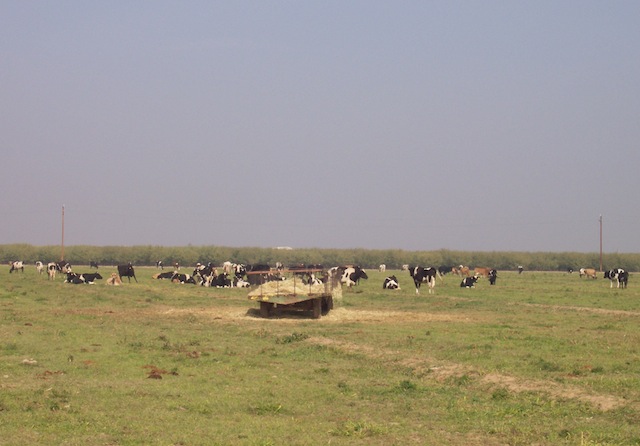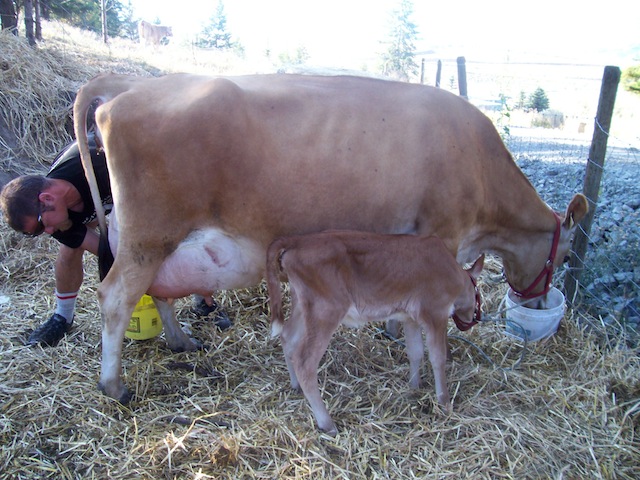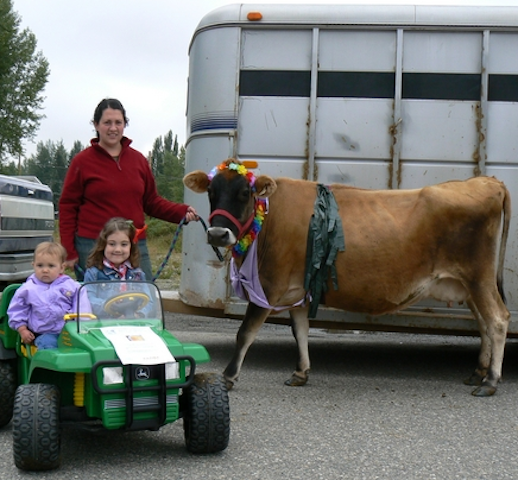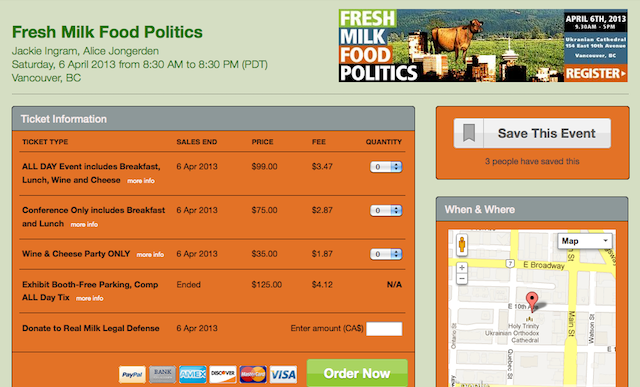
If you value the freedom to choose the kinds of foods on your table please come to Fresh Milk, Food Politics in Vancouver, BC.
When: April 6, 2013
Time: 8:30am-8:30pm
Where: Ukrainian Cathedral, 154 East 10th Ave, Vancouver, BC, V5T 3E5
Cost: $99.00
Buy Tickets Here: Fresh Milk, Food Politics
Jackie Ingram and Alice Jongerden of Home On The Range invite you to Fresh Milk, Food Politics. “Please join us for a day of networking, activism and food politics. Dynamic speakers and food exhibits, followed by a wonderful local cheese and wine party to end the day!”
I will be running an information table for the Weston A Price Foundation. Please come and meet the people trying to ensure that you can have the food you want on your plate. If you would like to have some background history about raw milk and food freedom please read: Food Freedom: The Politics of Food.
Updated April 11, 2013: I wanted to share some pictures from Fresh Milk, Food Politics. Apparently, there will be videos of the lectures on the website soon. There were two lectures that I found particularly interesting. Karen Selick from the Canadian Constitution Foundation lectured on how the government uses children to restrict personal freedoms and Nadine Ijaz from the Pacific Rim College outlined the science behind the myths and truths around raw milk.
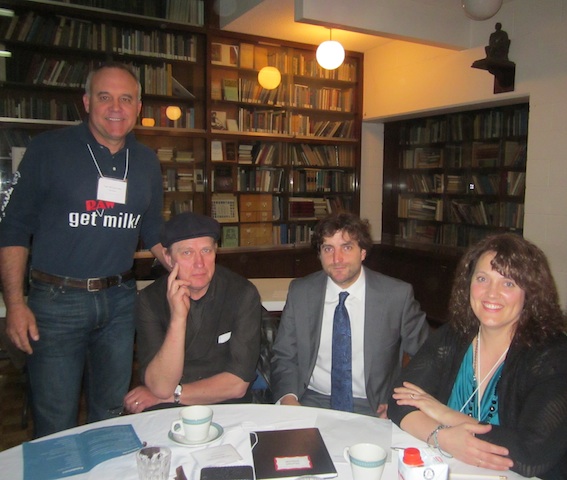
From the left are Mark McAfee, Micheal Schmidt, Jason Grati and Alice Jongerden. These are the people who are fighting for your food freedom.
Mark McAfee from Organic Pastures runs the largest raw milk dairy in California. In California you can buy raw milk in stores. Micheal Schmidt is from Glencolton Farm in Ontario. Michael has been fighting the government for nearly twenty years for the right of herdshare owners to drink milk from their own herd. Jason Gratl is the lawyer for Alice Jongerden from Home on the Range. Alice runs Canada’s largest herdshare program.

This is Raoul Bedi with the Canadian Consumer Raw Milk Advocacy Group getting signatures to petition the government for raw milk sales in Canada.
Canadian Consumer Raw Milk Advocacy Group
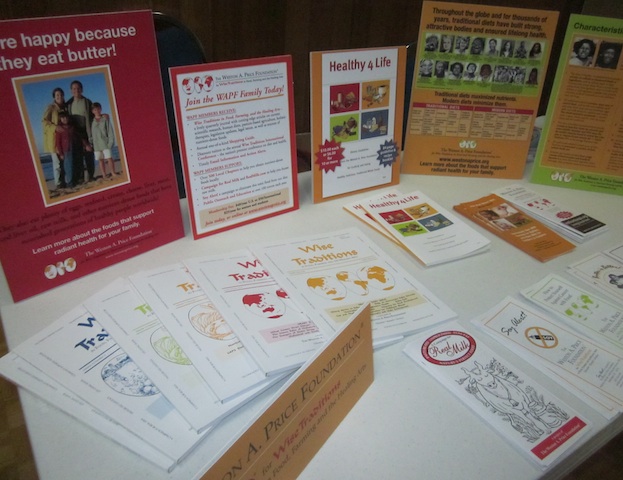
The Weston A Price Kamloops Chapter was an exhibitor. It was great to meet all the people working — and sacrificing — to keep nourishing traditional foods on everyone’s table.
Updated April 19, 2013: Here are just two short interviews with Karen Selick and Nadine Ijaz. There are many more interviews from Fresh Milk, Food Politics.


